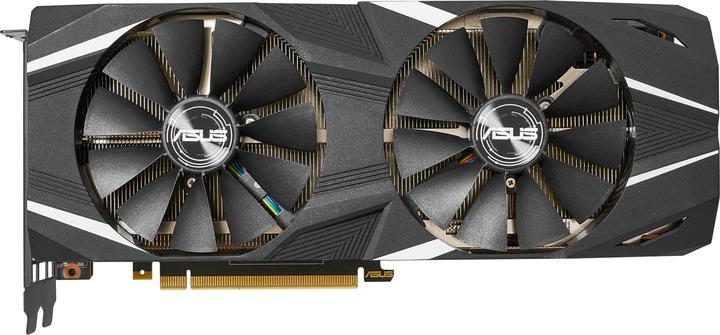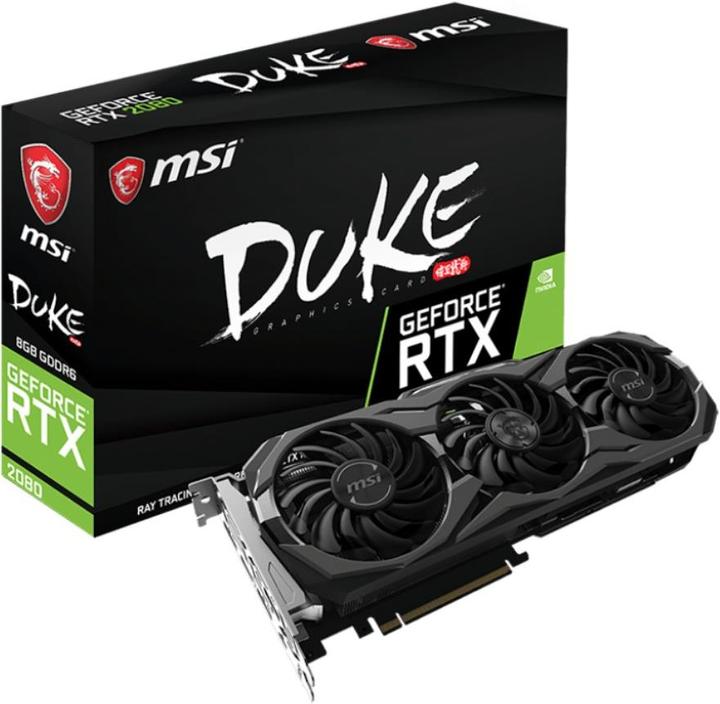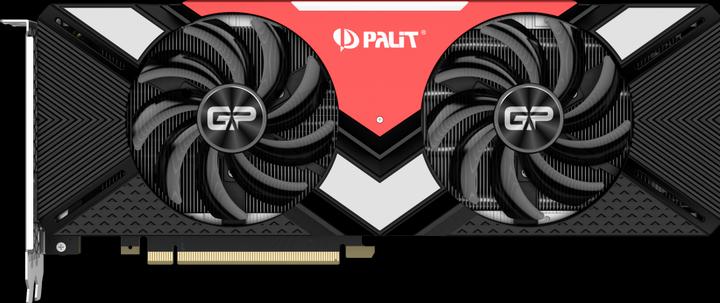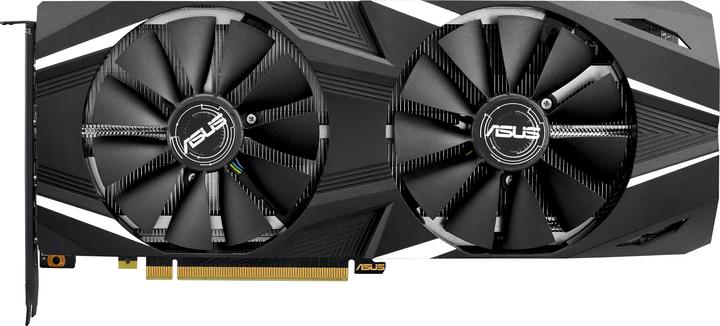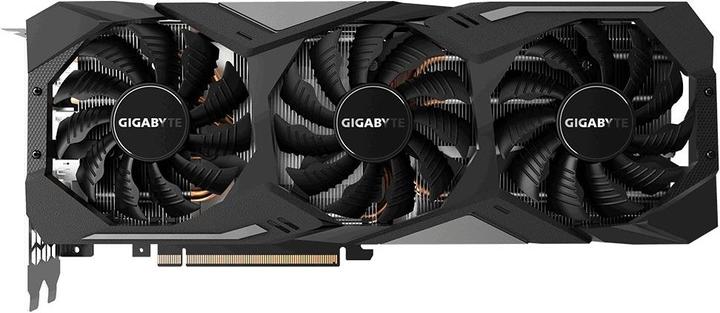

Turing graphics cards: what's in store for the RTX series?
After a rather long pause, Nvidia is finally launching its new graphics cards. According to the manufacturer, it's going to be a real success. Let me introduce you to the RTX series.
First of all: we don't yet have a benchmark for the new graphics cards. So we can't accurately assess their performance. Nvidia has emphasised all the possibilities offered by ray tracing and has omitted to provide more information on rasterisation performance. We'll have to wait until the first benchmark is released.
New cores for better performance
The big new feature of these new GPUs is the ray tracing (RT) and tensor cores. The RT cores are, as their name suggests, dedicated to ray tracing and the tensor cores are used for artificial intelligence. The Turing flow multiprocessor is an evolution of the Pascal architecture with more shaders. The top-of-the-range RTX 2080 Ti has 4352 CUDA cores, while the GTX 1080 Ti had 3584. I've summarised all the specs in the table below.
| RTX 2080 Ti | RTX 2080 | RTX 2070 | GTX 1080 Ti | GTX 1080 | GTX 1070 | |
|---|---|---|---|---|---|---|
| Puce | TU102 | TU104 | TU104 | GP102 | GP104 | GP104 |
| Noyau | 12 nm TSMC | 12 nm TSMC | 12 nm TSMC | 16 nm FinFET | 16 nm FinFET | 16 nm FinFET |
| Cœurs CUDA (shader) | 4352 | 2944 | 2304 | 3584 | 2560 | 1920 |
| Giga Rays/sec | 10 | 8 | 6 | 1,21 | 1 (estimation) | ? |
| RTX-OPS | 78 trillions | 60 trillions | 45 trillions | 12 trillions | 8 trillions (estimation) | ? |
| VRAM | 11 Go DDR6 | 8 Go DDR6 | 8 Go DDR6 | 11 Go GDDR5X | 8 Go GDDR5X | 8 Go GDDR5 |
| Largeur de l’interface mémoire | 352 bit | 256 bit | 256 bit | 352 bit | 256 bit | 256 bit |
| Bande passante mémoire | 616 Go/s | 448 Go/s | 448 Go/s | 484 Go/s | 352 Go/s | 256 Go/s |
| Fréquence de base | 1350 MHz | 1515 MHz | 1410 MHz | 1480 MHz | 1607 MHz | 1506 MHz |
| Fréquence boostée | 1545 MHz | 1710 MHz | 1620 MHz | 1582 MHz | 1733 MHz | 1683 MHz |
| TDP | 250 W | 215 W | 185 W | 250 W | 180 W | 150 W |
As there are no benchmarks for these cards yet, we can't really say what these specs mean in practice. Nvidia says that even the smallest model, the RTX 2070 would perform better than the GeForce GTX Titan Xp, the top-of-the-range 10 series model, and that the new series is expected to perform up to six times better. However, Nvidia is not using Teraflops, the current industry standard for measuring performance, but is introducing a new unit for measuring power.
Nvidia mentions Giga Rays/s in particular, as well as an RTX-OPS indicator, the latter referring to the processing time for various operations such as shading or ray tracing. Giga Rays/s are a measure of a card's ray tracing calculation speed. Taking these values into account, it seems logical that the Pascal architecture is no match for the Turing GPUs. The new architecture does indeed have specific cores for this kind of calculation.
Although we don't yet have the results for "classic" performance measured using the Teraflops system, we can count on a clear improvement compared with the Pascal architecture. The number of CUDA cores has increased by 15-20%, depending on the model. What's more, the cards use a new, faster VRAM, DDR6. Once again, upcoming benchmarks will be sure to show us what this looks like in practice.
Energy guzzlers Another new feature: the cards are etched using the 12nm process. This increases power consumption compared to previous models, but that's not true for all models. The top-of-the-range model remains at 250W, while the 2080 reaches 215W and the 1080 comes in at 'only' 180W.
Should we move on to the new series now?
From the reactions of our users following the announcement, we'd better not. In all honesty: I find the price far too high. Especially as we know very little about actual performance. Will performance really be better for games that don't support ray tracing? And by how much? What will ray tracing really look like in games? For ray tracing to be fluid, should you invest in a 2080 Ti or will a 2070 do the trick?
All these questions will remain unanswered until the first tests have been carried out. Between all that and the rather hefty launch price, the best thing to do is wait and see.... If you're still happy with your current graphics card, there's no need to rush. Even if it doesn't support ray tracing, your card will almost certainly allow you to play upcoming games, just without the lighting effects. And if you just can't wait, here's a look at the models available from digitec.
RTX 2080 Ti
RTX 2080
From big data to big brother, Cyborgs to Sci-Fi. All aspects of technology and society fascinate me.



